The Critical Mistakes Germany Made in WW2
On June 22, 1941, Germany began its operation to defeat Russia and take over much of the Soviet Union’s lands. Early on in this campaign, Germany was confident that Soviet Union troops would be easily dealt with in only a few weeks. However, soon it became clear that Germany’s fight against Russia would be anything but easy.
The moves Germany made after 1941 on the eastern front would ultimately end up with the Axis powers losing World War II. Though Nazi Germany had military success in some areas of the Soviet Union, their miscalculations and massive mistakes resulted in them losing the war.
1939: A German and Soviet Pact
German leader Adolf Hitler always intended to go after Russia. Hitler believed that Germany needed “living-space” to thrive as a nation. He wrote extensively about this, and of eventually conquering Ukraine and other areas of the Soviet Union, in “Mein Kampf.”
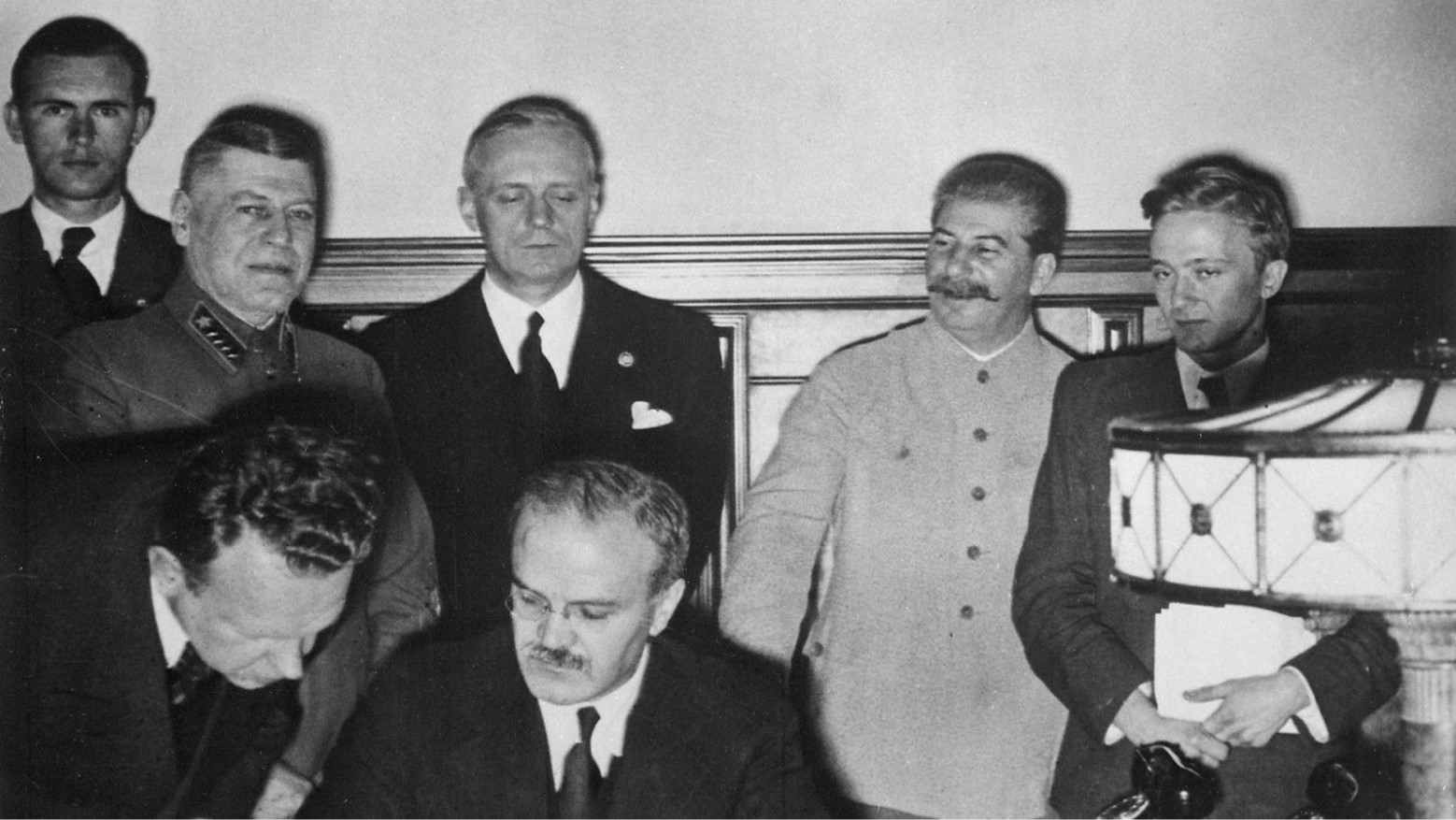
Source: Public Domain/Wikimedia Commons
However, he first needed time to get his military ready for a Russian invasion. This led to both German and Soviet Union foreign ministers signing the Molotov-Ribbentrop Pact, also called the Nazi-Soviet Pact, in 1939.
German and Russian Non-Aggression
Both Nazis and Communists were surprised to learn that German and Soviet foreign ministers had agreed to this pact. As a result, many party members disagreed with this move.
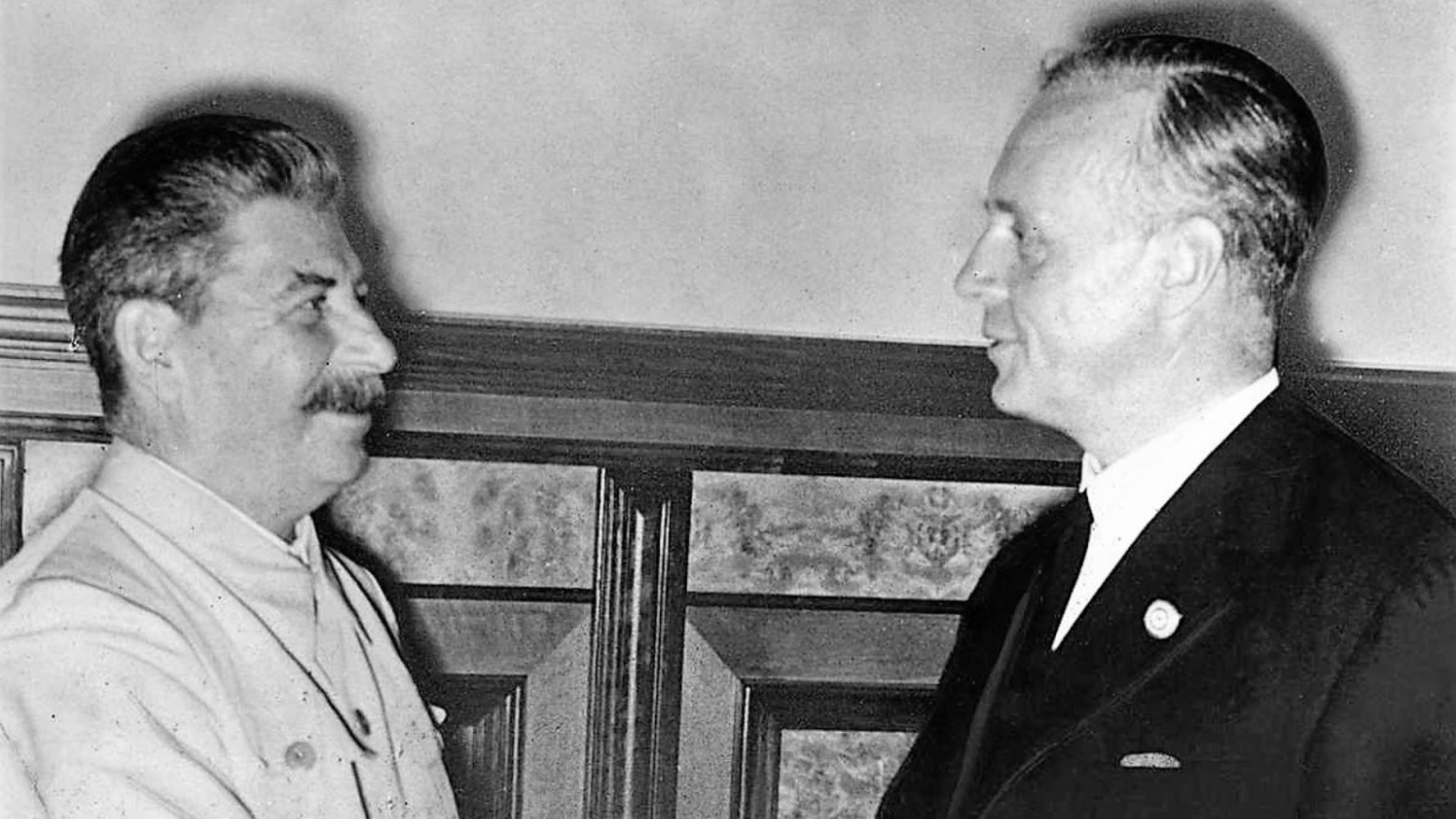
Source: Bundesarchiv, Bild 183-H27337 / CC-BY-SA 3.0/Wikimedia Commons
However, this non-aggression agreement was allowed as both Hitler and Soviet Union leader Joseph Stalin needed time to prepare for what would only certainly be a war between the two.
1941: Operation Barbarossa
By June 22, 1941, Germany was ready for its campaign against the Soviet Union. Germany and its allies launched Operation Barbarossa, named after a German emperor. This operation had been planned for almost a whole year.
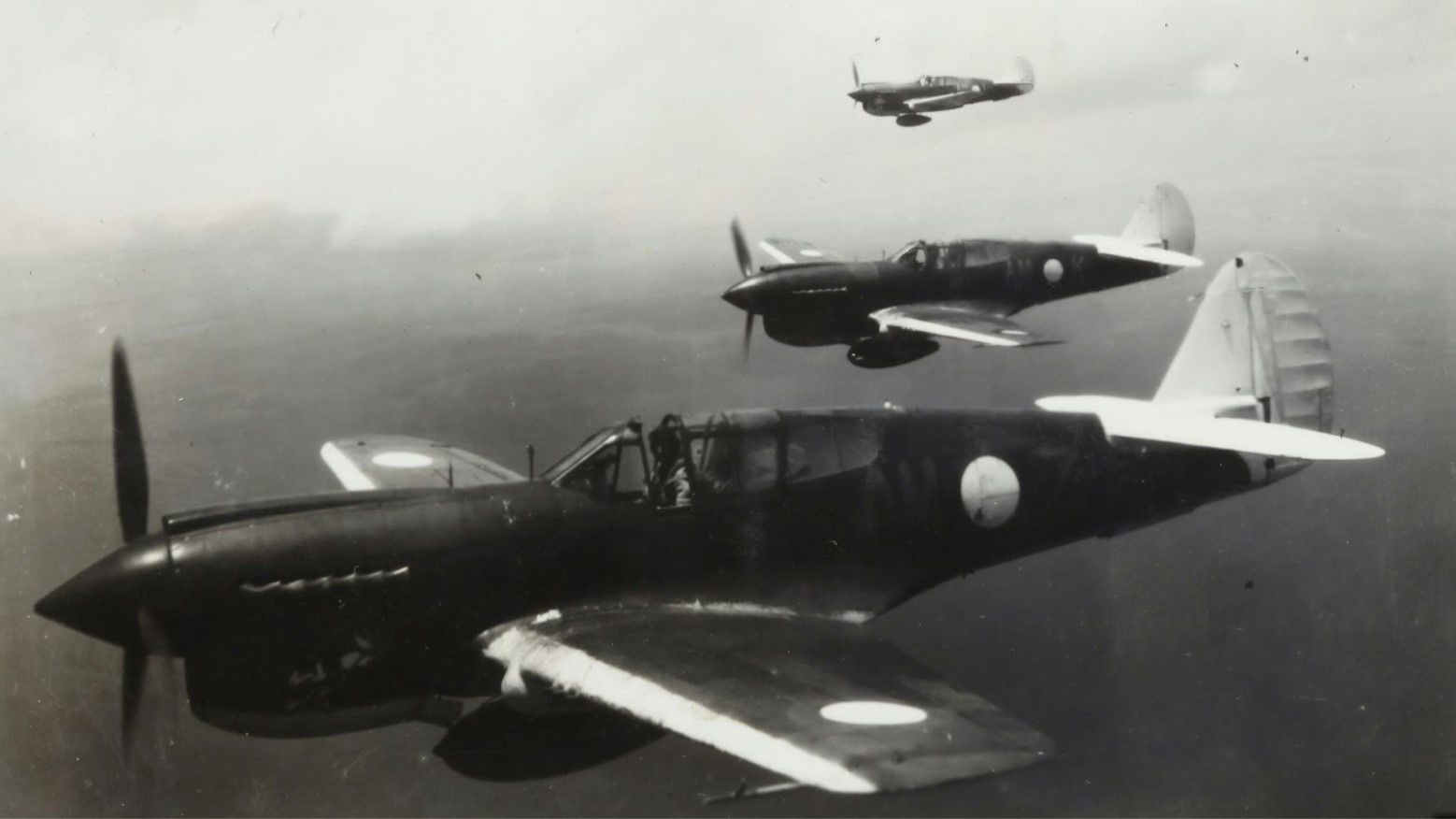
Source: Museums Victoria/Unsplash
While Hitler had always intended to take over Eastern Europe, his intent became more pronounced when he realized he would likely not be able to invade and take over the United Kingdom as he had anticipated. However, he knew if he crushed Russia, England would have no hope left.
An Anticipated Victory
From the get-go, Hitler and his generals anticipated an easy victory over Russia and the entire Soviet Union. They had already taken over France. As Hitler thought Russians and Slavic people were lesser, he thought his military could easily win.
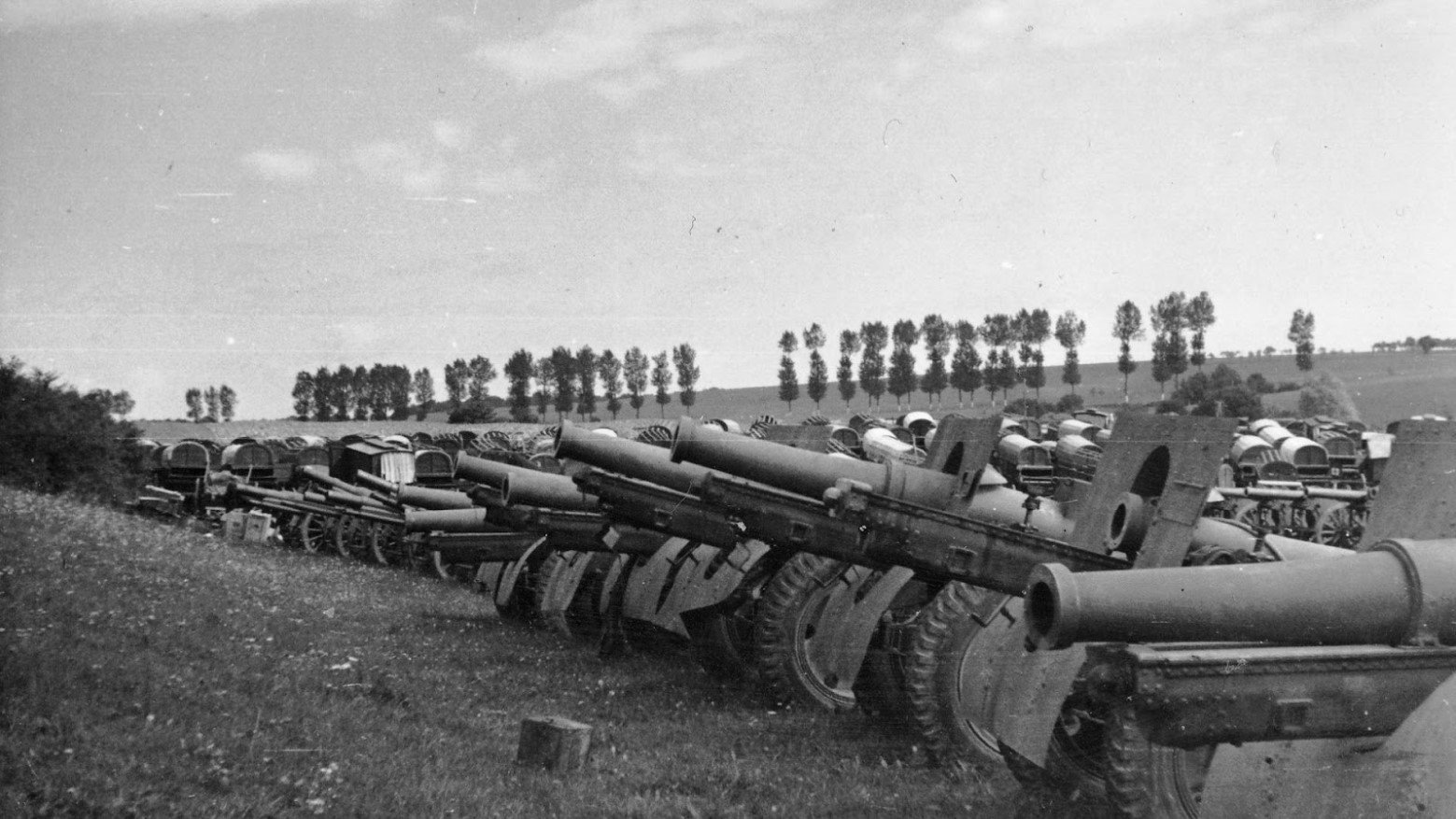
Source: Public Domain/Wikimedia Commons
“The Russians are inferior,” Hitler reportedly told his military generals in December of 1940. “The army is leaderless.” Because he thought Slavics were sub-humans and couldn’t fight, he believed Nazi Germany would force the Soviet Union to collapse in only four or five months.
Axis Victories Over Russia
From the start of Operation Barbarossa, the Axis powers experienced victory after victory. Operation Barbarossa remains the largest land invasion in history. About 3,600 tanks, more than 1,000 combat aircraft, and about 3.5 million Axis troops entered the Soviet Union during this time.
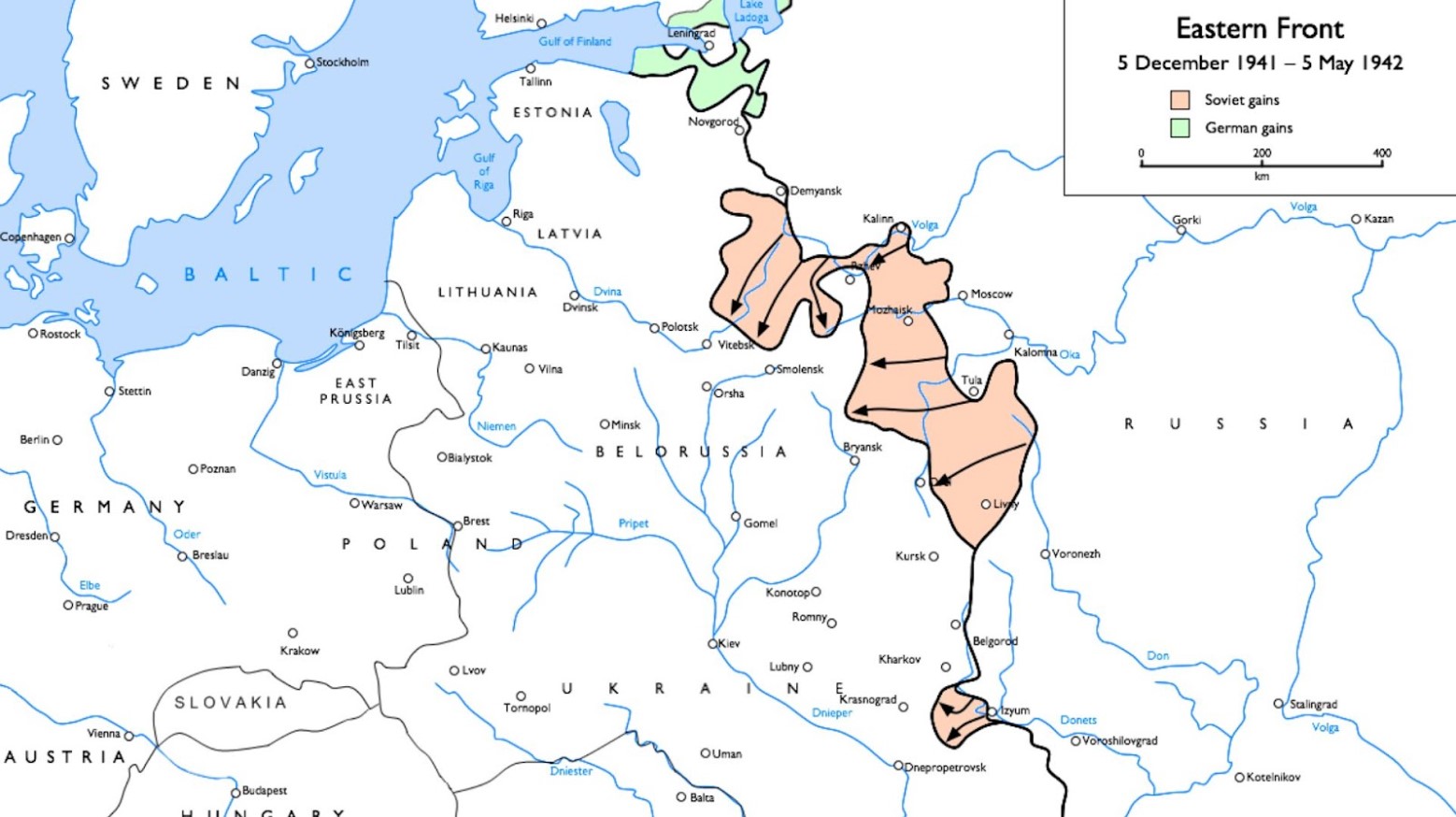
Source: Gdr/Wikimedia Commons
Immediately, Axis powers crushed the Soviet Union’s defenses. As a result, Germany made large land gains. Stalin’s disbelief that Hitler would begin his campaign in 1941 led to the Red Army’s lack of preparedness.
Nazi Germany’s Brutality in Eastern Europe
As Hitler thought the Slavic people of Eastern Europe were lesser than Germans, he commanded his military to be brutal and violent to both the Red Army and regular citizens of the area.
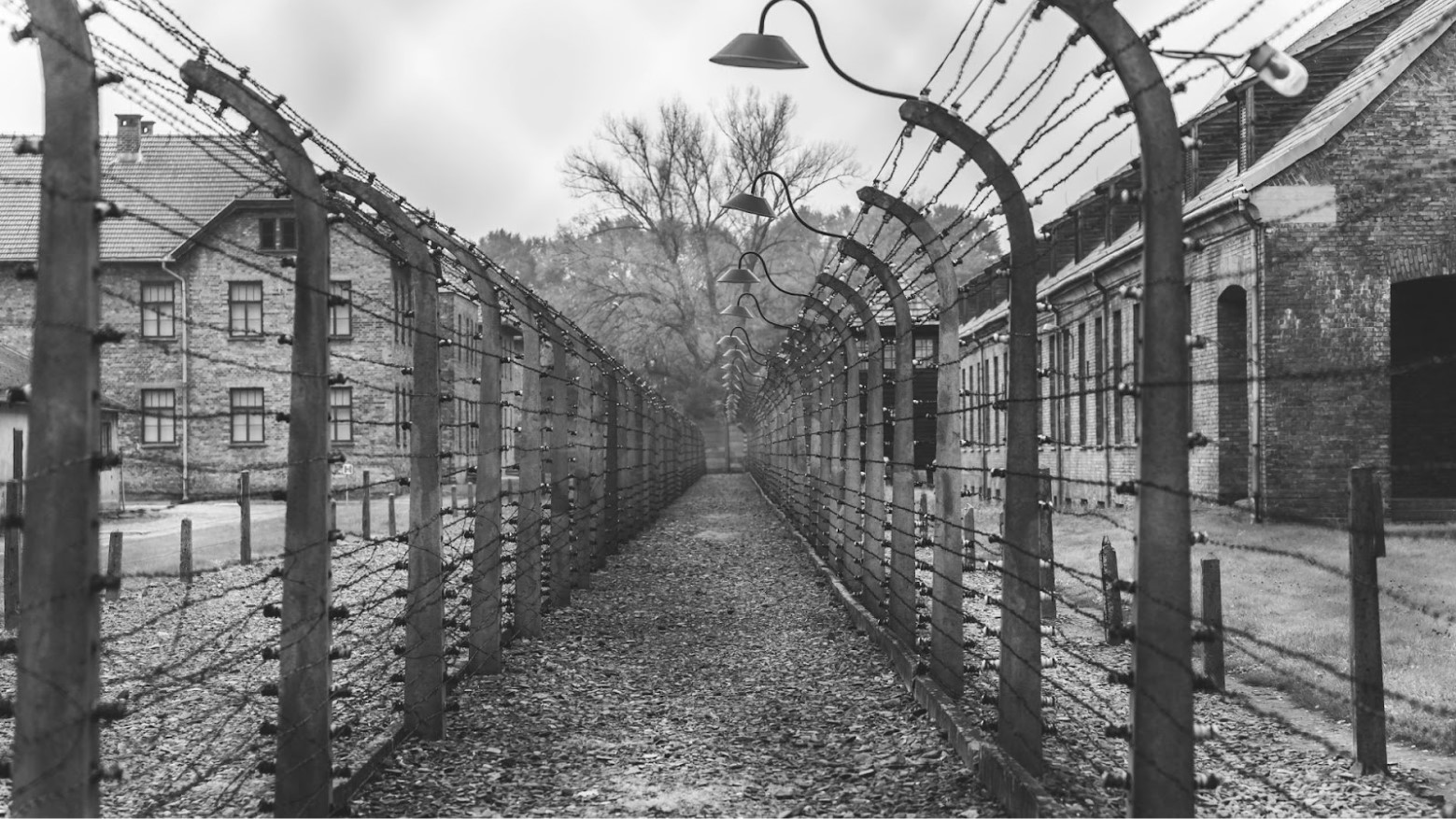
Source: Karsten Winegeart/Unsplash
In 1941, Hitler reportedly told his generals, “This is a war of annihilation.” As a result, they were ordered to eliminate Jewish people in a severe and violent way, murdering them in concentration camps such as Auschwitz and Treblinka. Slavs who weren’t Jewish were also killed because they needed to make way for German farmers to live in these conquered areas.
August 1941: The Red Army Persists
By August of 1941, some Nazi German generals began to grow anxious over the Red Army’s continued persistence. Slowly, the Soviet Union was working out its issues — and fighting back.
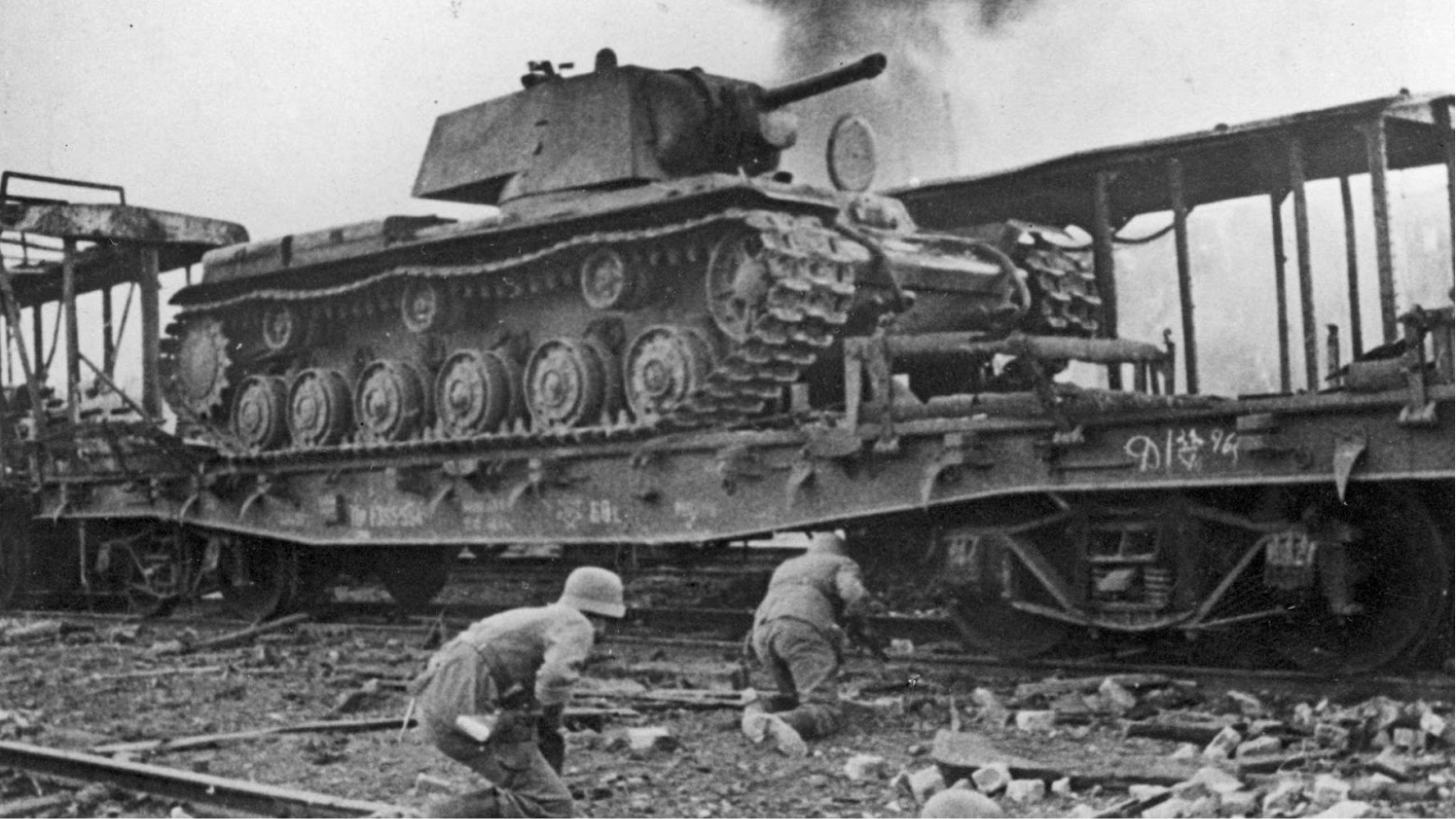
Source: Public Domain/Wikimedia Commons
Stalin successfully called for the nation to rally around and defeat the invading army. The Soviet Union also were able to replenish much of what they had lost at the beginning of Germany’s operation.
October 1941: Operation Typhoon
In October 1941, Hitler made decisions that gave him great victories. However, these victories would eventually lead to heavy losses. While his generals became anxious over the war, Hitler remained steadfast in his belief that Russia would soon fall. As a result, he divided his forces.
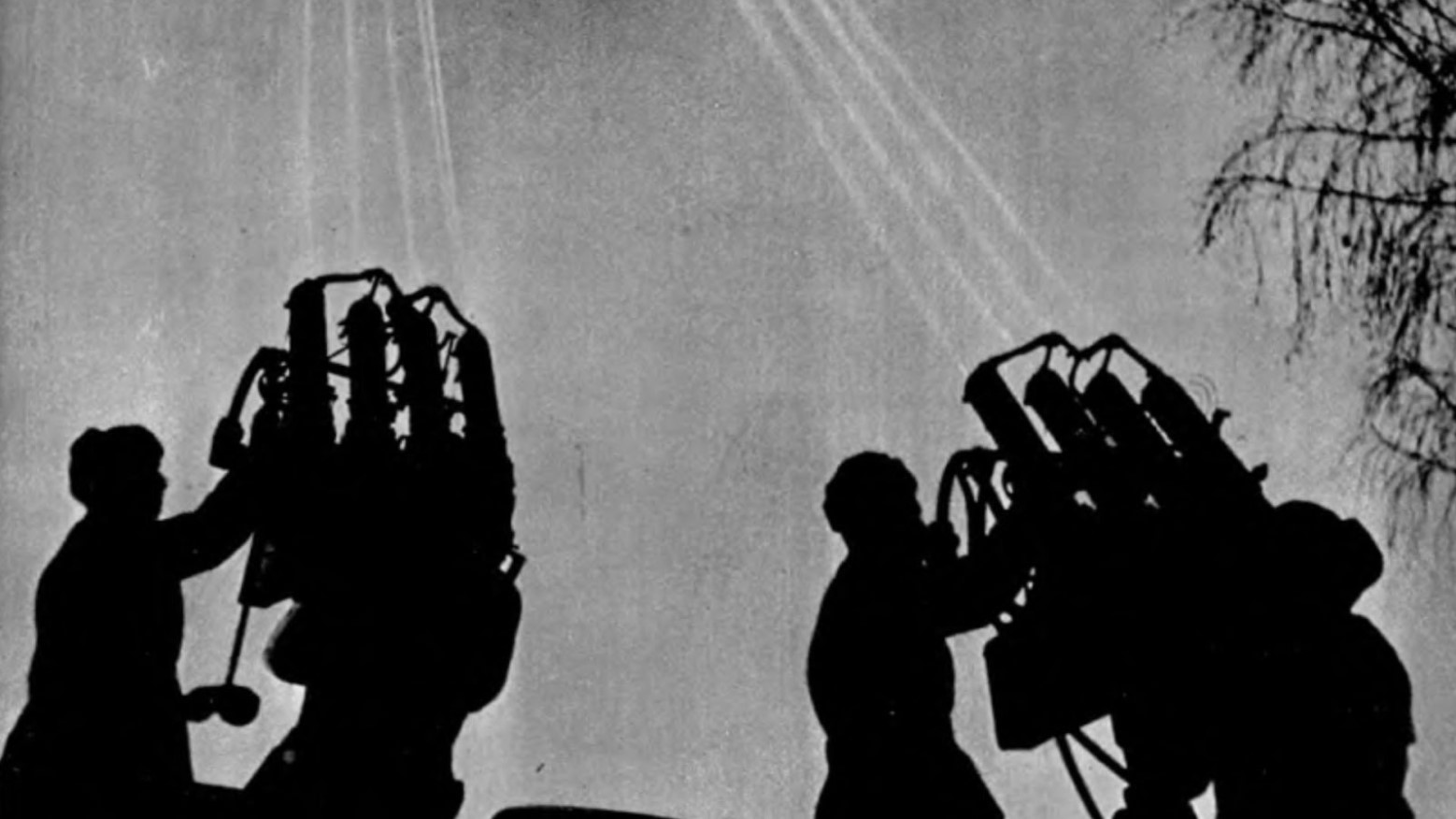
Source: Public Domain/Wikimedia Commons
The Axis powers successfully took over Kyiv and occupied Ukraine. During this time, another German army headed to Moscow to begin Operation Typhoon. However, these troops got stuck in the mud and were forced to wait.
A Costly Delay
Once Ukraine was occupied, Hitler sent some of these troops back to the army headed for Moscow. However, everything began to fall apart for the Axis powers. The winter was setting in, and many German soldiers were still in their summer clothes.
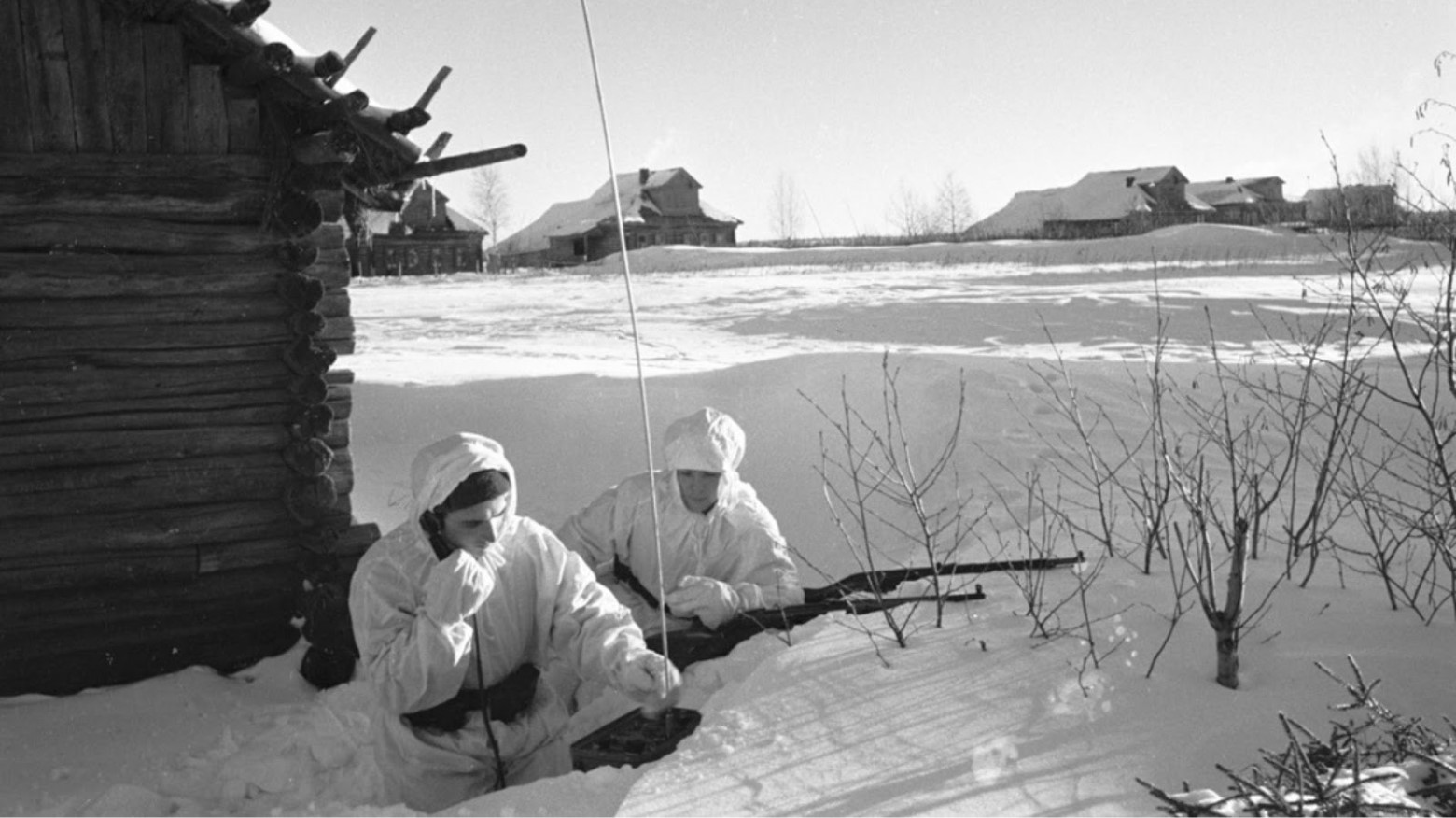
Source: RIA Novosti archive, image #641/Knorring/CC-BY-SA 3.0/Wikimedia Commons
This led to a huge victory for the Soviet Union, as the Red Army was able to attack troops in camouflaged white winter clothes. Many German soldiers ended up freezing to death. And the German army was forced to retreat.
Summer-August 1942: Germany Heads to Stalingrad
Hitler refused to give up and often disagreed with his military generals who kept on retreating in defeat. By the summer of 1942, Hitler believed splitting his troops up again would help. This led to some heading to the oilfields in the Caucasus, and others to Stalingrad.
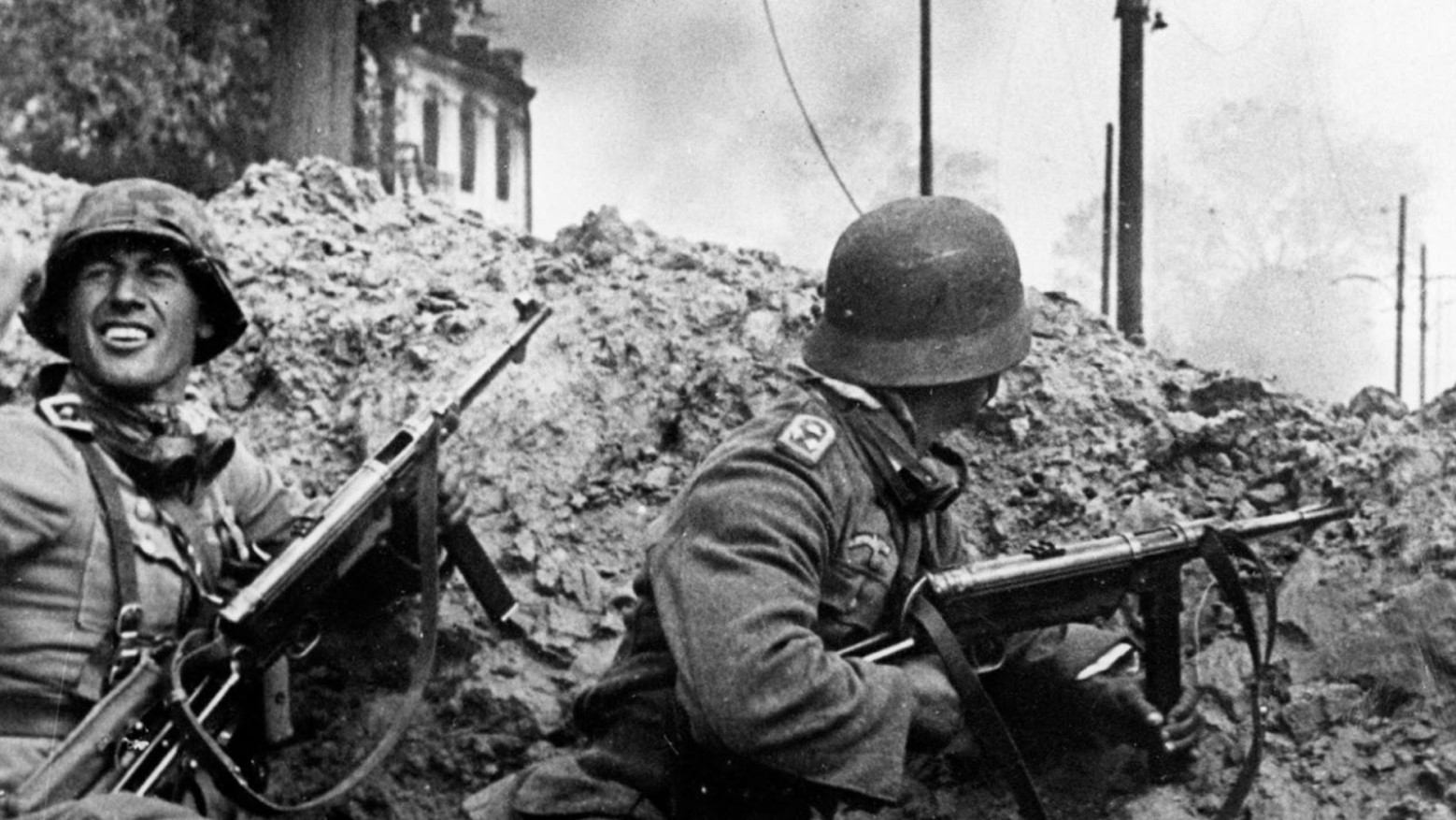
Source: Propaganda-Kompanie Geller/Wikimedia Commons
In August of 1942, German forces began to attack Stalingrad. For months, these two forces battled it out in the streets until the Red Army managed to force the German army to retreat in January 1943.
July 1943: The Final German-Soviet Battle
Even after many defeats, Hitler still refused to give up. In July of 1943, Germany and the Soviet Union met in a final battle at the Kursk salient. This battle would go down as the biggest tank battle in history. Eventually, the Nazi German army was finally defeated by the Soviets in August.
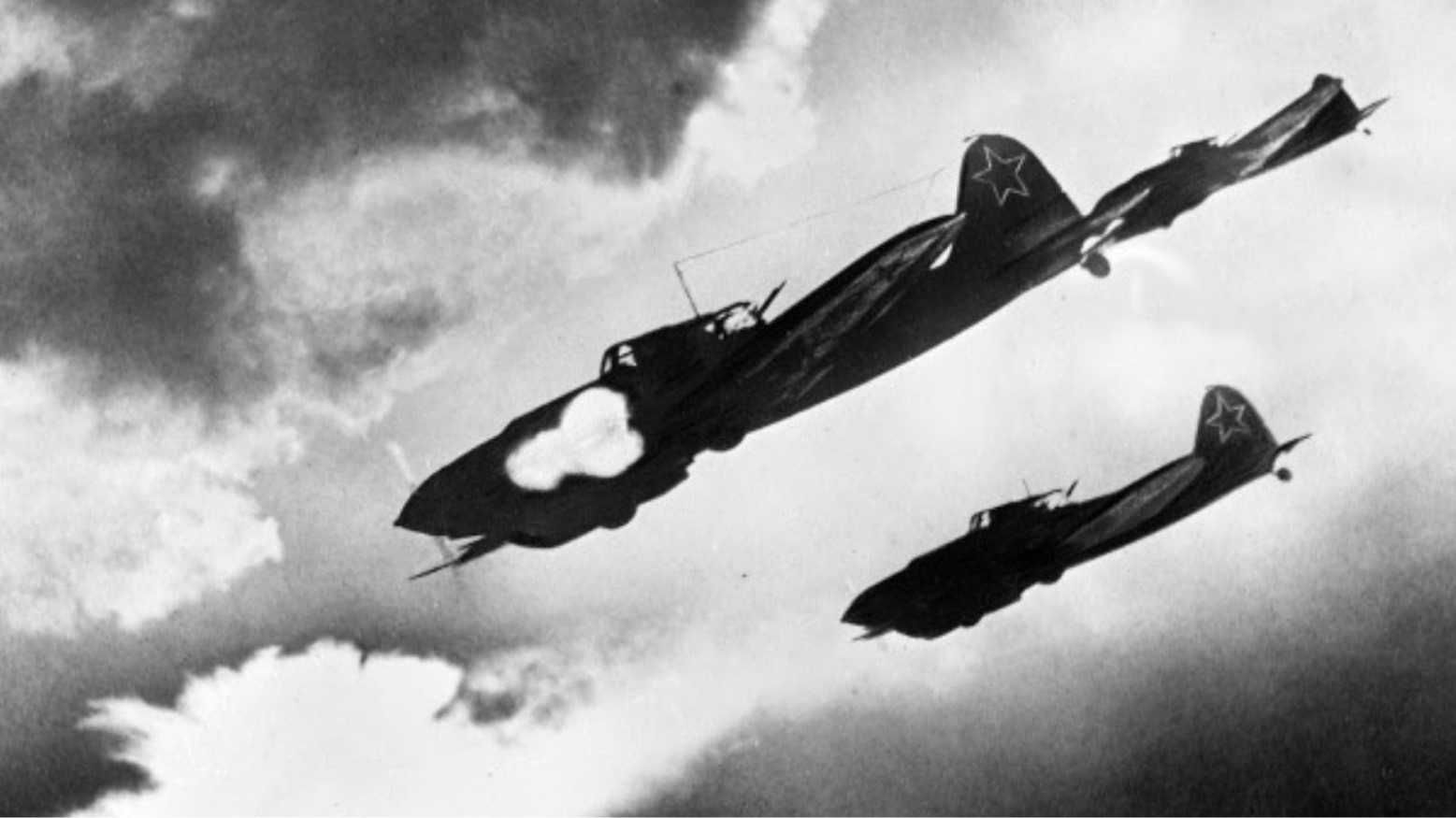
Source: RIA Novosti archive, image #225 / Fyodor Levshin / CC-BY-SA 3.0/Wikimedia Commons
The Red Army would continue to push back Germany’s troops — and get them out of Soviet Union territory — until the end of the war in 1945. As the German-Soviet battles saw the German army send no less than two-thirds of its forces from 1941 until the end of World War II, many historians claim that Hitler’s moves in Russia ultimately cost him the entire war.
